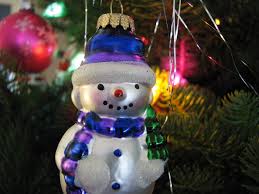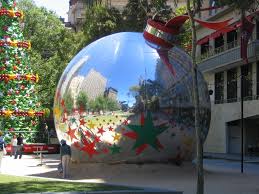Christmas is celebrated around the world and each region has their own traditions and favorite dishes to serve. We have collected a few of our favorite traditions from around the globe.
India: A favorit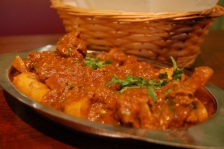 e Christmas dish in India is Vindaloo. Vindaloo consists of pork marinaded in wine and garlic. A favorite dessert is Bebinca, a type of pudding.
e Christmas dish in India is Vindaloo. Vindaloo consists of pork marinaded in wine and garlic. A favorite dessert is Bebinca, a type of pudding.
France: In France a celebration called Reveillon takes place during the evenings leading up to Christmas. Reveillion means “waking” in French and the participants stay up until midnight or later. During the celebration turkey with chestnuts is most commonly served.
Eastern Europe: Many Eastern European countries fast during the days leading up to Christmas. To celebrate on Christmas Eve 12 meatless dishes are served. The fast is officially over on Christmas Day. 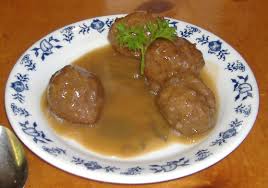
Sweden: In Sweden a traditional Christmas dinner consists of three courses:
— fish: usually a pickled herring and salmon
— cold cuts of meat: sausage, head cheese, and most importantly ham
— warm dishes: meatballs and small fried sausages
Honduras: Tamales and roasted pork are common Christmas dishes in Honduras. For dessert eggnog and torrejas, a dish similar to french toast, are common.
Australia: In Australia Christmas falls during the hot summer months so cold meats and seafood are more common than baked dishes for ‘Christmas Lunch’. Barbecues are also common ways to celebrate Christmas.
Many of us have heard the line “now bring us some figgy pudding” in the Christmas carol “We Wish You A Merry Christmas” 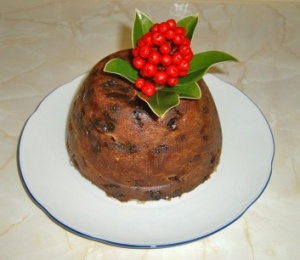 but what exactly is figgy pudding and why did they want some? Figgy pudding got its start in 16th century England. It can be prepared by baking, boiling, frying, or steaming in the oven. Other names for figgy pudding are: Christmas pudding or plum pudding. Traditionally everyone in the household should help make the figgy pudding, or at least help stir it. As each person stirs the mixture they should make a wish.
but what exactly is figgy pudding and why did they want some? Figgy pudding got its start in 16th century England. It can be prepared by baking, boiling, frying, or steaming in the oven. Other names for figgy pudding are: Christmas pudding or plum pudding. Traditionally everyone in the household should help make the figgy pudding, or at least help stir it. As each person stirs the mixture they should make a wish.
Want to make your own figgy pudding? Try this recipe from the Food Network:
Ingredients
1 1/2 cups chopped dried pitted dates
1/2 cup chopped dried figs
2 cups water
1 teaspoon baking soda
100 grams (3 1/2 ounces or 7 tablespoons) butter, softened
1 cup superfine sugar
2 eggs
2 1/2 cups self-rising flour
75 grams (2 1/2-ounces) dark chocolate, grated
Butter, for coating ramekins
Ice cream or whipped cream, for garnish
Sauce:
2 cups brown sugar
2 cups heavy cream
200 grams (7-ounces or 14 tablespoons) butter
Fresh figs, quartered, for garnish
Vanilla ice cream, optional
Whipped heavy cream, optional
Directions
Preheat the oven to 350 degrees F.
Add the dates, dried figs and water to a medium saucepan and bring to boil over medium heat. Remove the pan from the heat and stir in the baking soda. Let cool for about 5 minutes, then add to a blender and puree.
Using a hand mixer, cream the butter and sugar in a large bowl. Add the eggs and beat well. Fold in the flour, the pureed date mixture and the chocolate.
Put the mixture into 4 buttered, 1-cup individual ramekins, filling halfway or slightly under. Put in the oven and bake for 20 to 25 minutes.
Prepare the sauce by stirring the sugar, cream and butter in a medium saucepan over low heat. Simmer until the sugar dissolves. Raise the heat and bring to a boil, then reduce the heat and simmer for 5 minutes. Add the butter and stir until incorporated.
Remove the ramekins from the oven and let stand for 10 minutes. May be served in the ramekin or unmolded onto a small serving plate. With paring knife cut a cross in the top of the puddings for the sauce.
Pour the sauce into the cross in the center of each pudding, then pour more sauce over the puddings and it allow to soak in slightly. Top with fresh figs and vanilla ice cream or heavily whipped cream. Serve warm.
A viewer, who may not be a professional cook, provided this recipe. The Food Network Kitchens chefs cannot make representation as to the results.
Recipe courtesy Jade Thompson
Read more at: http://www.foodnetwork.com/recipes/warm-sticky-figgy-pudding-recipe.html?oc=linkback
http://www.foodnetwork.com/recipes/warm-sticky-figgy-pudding-recipe.html
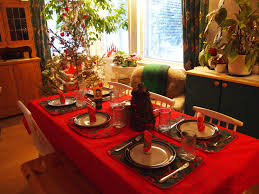
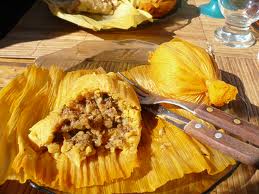
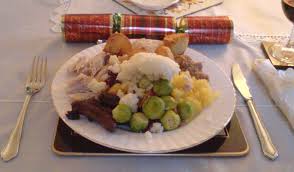

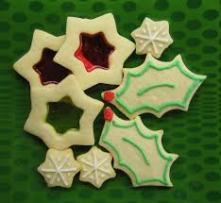 on these decorations as he traveled from house to house. As time progressed many families switched from edible decorations to decorations made of paper and glass. Without snacks to keep Santa energized he would become very tired so families started leaving him cookies made just for him.
on these decorations as he traveled from house to house. As time progressed many families switched from edible decorations to decorations made of paper and glass. Without snacks to keep Santa energized he would become very tired so families started leaving him cookies made just for him.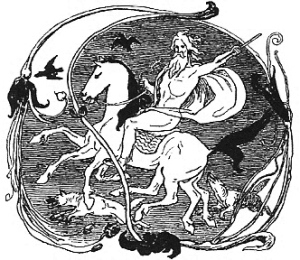 Yuletide hunt. Children would leave snacks out to attract Sleipnir, hoping that they would stop by their house. Many Dutch families continued the tradition. This may also be the origin of spreading ‘Reindeer Dust’ in your front yard to attract Santa’s reindeer.
Yuletide hunt. Children would leave snacks out to attract Sleipnir, hoping that they would stop by their house. Many Dutch families continued the tradition. This may also be the origin of spreading ‘Reindeer Dust’ in your front yard to attract Santa’s reindeer.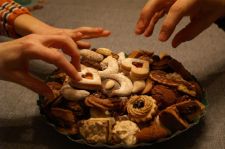
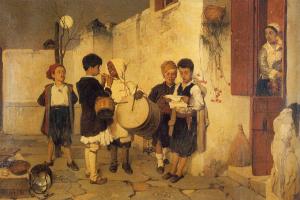
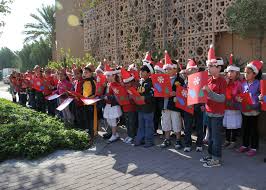
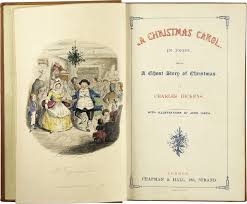
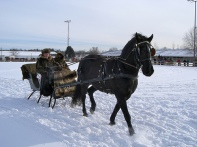 Bells” is the most popular Christmas carol. The origin of this popular tune is a little fuzzy but most believe it was written in 1850 in New England by James Pierpont. The other popular origin story is that Pierpont wrote the song in the 1820s while he was the Choir Director at the Jingle Bells Church.
Bells” is the most popular Christmas carol. The origin of this popular tune is a little fuzzy but most believe it was written in 1850 in New England by James Pierpont. The other popular origin story is that Pierpont wrote the song in the 1820s while he was the Choir Director at the Jingle Bells Church.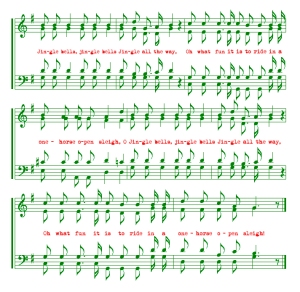
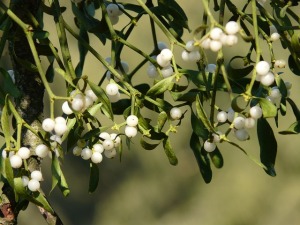
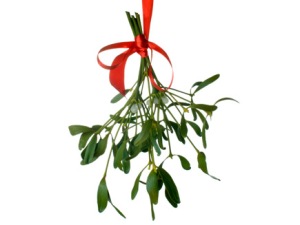
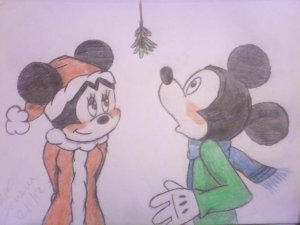 England by the 18
England by the 18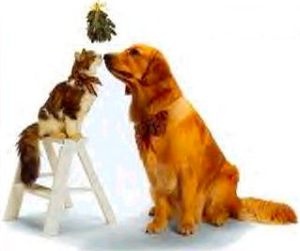
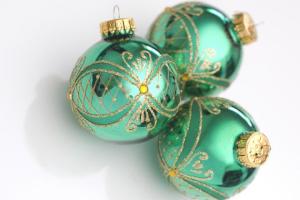
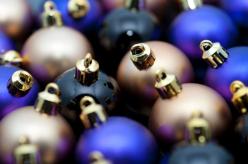
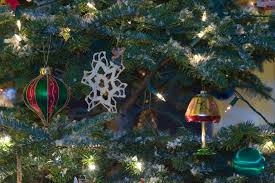
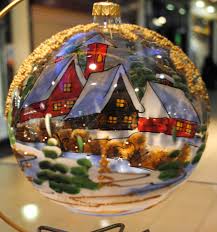 d the demand for higher quality ornaments. Germany answered this demand by supplying hand crafted glass ornaments to the world. Germany remained the main source of hand blown glass Christmas ornaments until World War I. In 1880 Frank W. Woolworth began carrying German glass ornaments even though he did not think the venture would be successful. By late 1890 Woolworth’s had sold $25 million worth of German ornaments, retailing at five or ten cents each.
d the demand for higher quality ornaments. Germany answered this demand by supplying hand crafted glass ornaments to the world. Germany remained the main source of hand blown glass Christmas ornaments until World War I. In 1880 Frank W. Woolworth began carrying German glass ornaments even though he did not think the venture would be successful. By late 1890 Woolworth’s had sold $25 million worth of German ornaments, retailing at five or ten cents each.